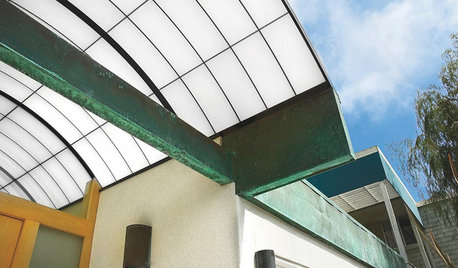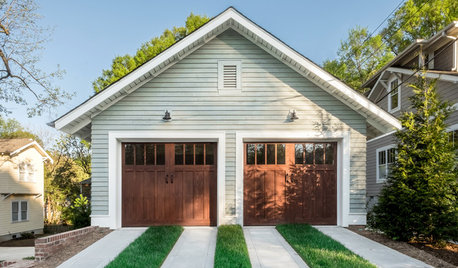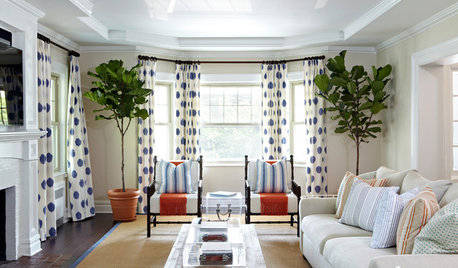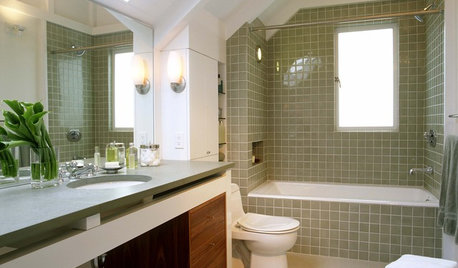Fiberglass insulation.....faced or unfaced??
ccoombs1
16 years ago
Related Stories

GREEN BUILDINGEcofriendly Cool: Insulate With Wool, Cork, Old Denim and More
Learn about the pros and cons of healthier alternatives to fiberglass and foam, and when to consider an insulation switch
Full Story
REMODELING GUIDESCool Your House (and Costs) With the Right Insulation
Insulation offers one of the best paybacks on your investment in your house. Here are some types to discuss with your contractor
Full Story
GREEN BUILDINGInsulation Basics: Heat, R-Value and the Building Envelope
Learn how heat moves through a home and the materials that can stop it, to make sure your insulation is as effective as you think
Full Story
MATERIALSInsulation Basics: What to Know About Spray Foam
Learn what exactly spray foam is, the pros and cons of using it and why you shouldn’t mess around with installation
Full Story
REMODELING GUIDESHouzz Planning: How to Choose a Front Door
Wood, Fiberglass or Steel? Find the Right Material for Your Entry Door
Full Story
DESIGN DICTIONARYKalwall
These brand-name panels let the light in and fit a space exactly right
Full Story0

GREAT HOME PROJECTSHow to Replace or Revamp Your Garage Doors
Boost curb appeal and maybe even security with new garage doors. Find out cost ranges and other important details here
Full Story
DECORATING GUIDESYour Guide to Window Treatments
The right window treatments can provide privacy, light control and safety — or just better style
Full Story
BATHROOM DESIGN12 Things to Consider for Your Bathroom Remodel
Maybe a tub doesn’t float your boat, but having no threshold is a no-brainer. These points to ponder will help you plan
Full Story
MODERN ARCHITECTUREHouzz Tour: Platinum-Rating Hopes for a Sterling Modern Home
Efficiency takes an artful form in a minimalist San Francisco home furnished with iconic and custom pieces
Full StoryMore Discussions








tom_in_sc
mightyanvil
Related Professionals
West Jordan Architects & Building Designers · Angleton Home Builders · Chula Vista Home Builders · Saint Peters Home Builders · West Pensacola Home Builders · New Bern General Contractors · Belleville General Contractors · Galveston General Contractors · Great Falls General Contractors · Ken Caryl General Contractors · Miami Gardens General Contractors · Mobile General Contractors · Richfield General Contractors · Troy General Contractors · Warren General Contractorsccoombs1Original Author
chiroptera_mama
mightyanvil
bungeeii
sierraeast
ccoombs1Original Author
rollie
vancleaveterry
Ron Natalie
vancleaveterry